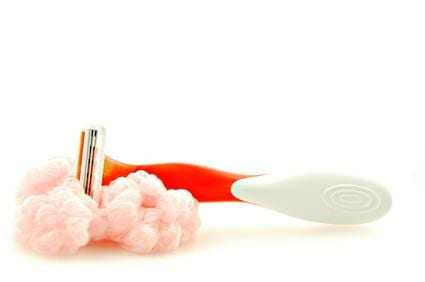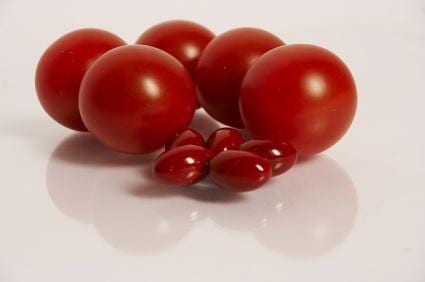Search Results for: blisters
Hair Removal Products for Women
Some women might decide to visit a beauty salon with waxing or tweezing services in their mission to remove unwanted body hair, according to the Mayo Clinic. Others might try more permanent forms of hair removal such as electrolysis or laser hair removal. But busy moms, especially those worried about time and budget constraints, might try to use at-home treatments to remove unwanted hair from almost any part of the body ranging from the eyebrows to the pubic region.
Symptoms of Shingles & Pregnancy
While it is relatively rare for pregnant women to contract a case of the shingles, expectant moms who do get the shingles or the related infection chicken pox risk giving birth to a child with congenital defects, according to the National Institute of Neurological Disorders and Stroke. The risks to an unborn child is usually the greatest during the first 30 weeks of pregnancy. Women with HIV or other autoimmune disorders are more susceptible to contracting shingles. Also, children born to moms who suffered from shingles while pregnant are much more likely to have chicken pox early in life.
Is Your Marriage Hurting Your Health?
A new University of Ohio study shows your physical health may be impacted by your relationship.
Uses for Potassium Permanganate
Potassium permanganate, sometimes known as Condy’s crystals, is a dark-purple, powder-like salt that has strong oxidizing agent properties. An oxidizing agent is a compound that can either easily transfer oxygen atoms to another compound or readily receive them from another compound. Both oxidation processes change the properties of the original compound interacting with potassium permanganate. As the Derm Net NZ website reports, potassium permanganate’s oxidizing ability gives it disinfectant, deodorizing and cleansing properties that make it useful in a number of ways.
Dealing With Breast and Nipple Soreness When Breastfeeding
A highly rewarding experience with many health benefits for your child, breastfeeding may also come with its own set of problems for mothers, including breast and nipple soreness. Nipple pain is generally caused by nipple trauma such as cracks, abrasions, blanching, vasospasm (blood vessel constriction) and milk blisters. The baby’s latch traumatizes the nipple, causing painful injury or a blockage of pores and preventing the flow of milk. Breast pain problems include engorgement, plugged ducts, mastitis and thrush. Engorgement occurs when the breasts get very full and hard and sensitive. A plugged duct, in which the flow of breast milk gets blocked, may feel like a hard, tender area on one of your breasts. Plugged ducts are often a precursor to mastitis, which occurs when an infection leads to an inflammation of the breast. Mastitis can be very painful and is usually accompanied by a fever of 101.3 degrees F. According to Maureen Minchin in “Breastfeeding Matters,” mastitis occurs in 1/5 of breastfeeding women in the West. But, there are ways to relieve each of these problems, so that you can continue feeding and bonding with your baby.



